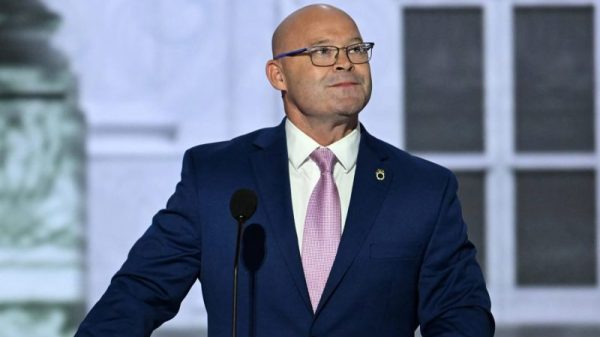Body:
The recent news regarding big banks cutting overdraft fees may seem like a step in the right direction for customers. However, a closer look at the statistics reveals that despite the drastic reductions, customers still paid a staggering $2.2 billion in overdraft fees last year alone. This raises concerns about the impact of these fees on individuals and the banking industry as a whole.
Overdraft fees have long been a contentious issue, often criticized as an unfair burden on customers who are already struggling financially. These fees are charged when a customer’s account balance falls below zero, and the bank covers the difference to complete the transaction. While this may seem like a helpful service, the associated fees can quickly accumulate, leading to further financial strain for many banking customers.
In recent years, big banks have come under increasing scrutiny for their hefty overdraft fees. As a result, some institutions decided to take action by reducing or even eliminating these charges. While this was undoubtedly a positive move, the $2.2 billion in fees paid by customers last year represents a significant amount of money that could have been put towards savings or used for other essential expenses.
One possible reason for this substantial fee total is that customers may not be fully aware of the changes in overdraft policies implemented by their banks. Even with reductions in fees, customers who remain unaware of the changes and continue to rely on overdraft protection may still find themselves being charged exorbitant fees. This highlights the need for improved communication between financial institutions and their customers, ensuring that consumers are educated about the changes and their options regarding overdraft protection.
Moreover, the fact that customers paid $2.2 billion in overdraft fees raises questions about the effectiveness of current measures to alleviate the financial burden on consumers. Are the reductions in fees enough, or do they merely serve as a public relations move to appease critics? The banking industry must seriously assess whether these reductions are truly beneficial for their customers or if further steps need to be taken to truly address the concerns surrounding overdraft fees.
Additionally, it is crucial to consider the long-term consequences of high overdraft fees on a broader scale. While banks may generate significant revenue from these fees, it can create a negative perception of the industry and erode trust among consumers. Customers who feel burdened by excessive fees may opt to switch to smaller, more customer-centric institutions or explore alternative banking solutions that align with their financial needs. At a time when competition in the banking sector is fierce, maintaining customer loyalty by addressing fee structures is paramount for the long-term success of big banks.
In conclusion, while the reduction in overdraft fees by big banks is a positive step towards providing relief to customers, the $2.2 billion in fees paid last year indicates that more needs to be done to address this issue. Improving communication between financial institutions and customers, implementing further reductions, and exploring alternative fee structures can all contribute to easing the burden of overdraft fees on individuals. Proactive measures will not only benefit customers but also contribute to the long-term success and reputation of the banking industry as a whole.





























